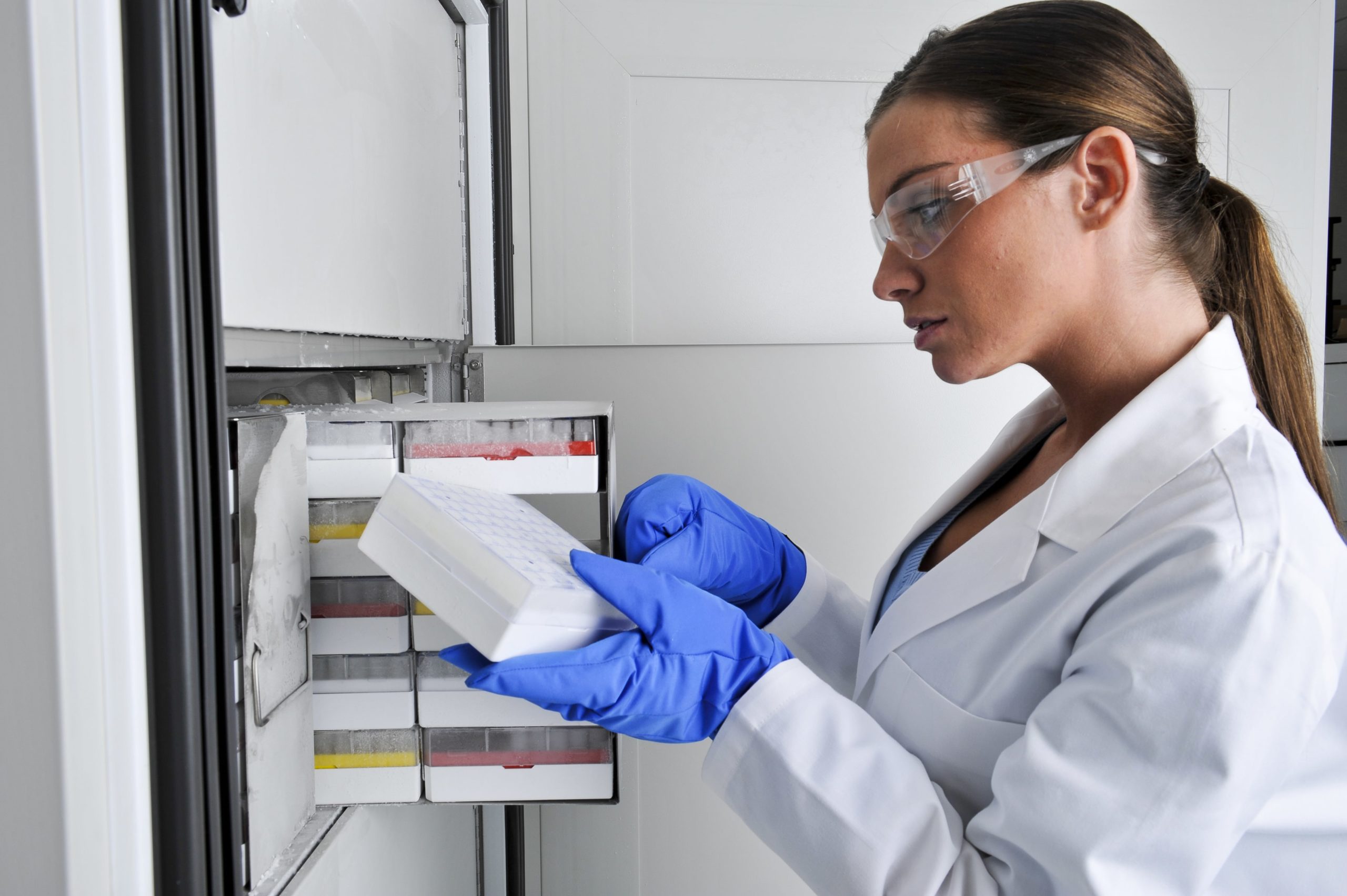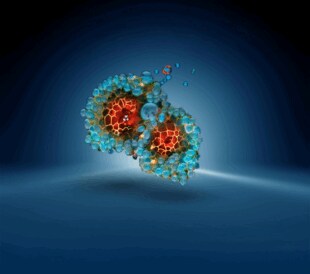
The National History Museum in London holds irreplaceable samples from Charles Darwin, collected during his 5 year trip on the HMS Beagle. Eurobiobank.org is a catalogue of samples from rare diseases collected in Europe as part of RD Connect project, a multi-disciplinary project between 2012 -2018 to create an infrastructure for rare disease research on a global scale. Both examples illustrate the uniqueness of certain sample collections, that are simply irreplaceable and therefore the number of samples, (which often still is an indicator on the maturity or quality of the biobank), doesn’t really matter.
When samples are unique, can’t be replaced, or simply are not available in high quantity numbers, it is critically important to store those collections under the right conditions, whilst being monitored and protected. Thermo Scientific™ TSX series of freezers and refrigerators are designed to support sustainability objectives, without compromising performance and a twelve-year lifetime warranty comes as standard. For the -80°C temperature range a 19.4 cu ft (549 liters) with a footprint of just 7.42 sq ft (0.69 m2) is the starting solution from a capacity/footprint point of view. In combination with the Thermo Scientific™ Smart-Vue Pro Wireless Monitoring Solution you can be prepared for the unexpected.
Formaldehyde was the perfect solution for many samples that Darwin collected, however for many other materials that require ultra-cold storage, another approach is required. Due to the variety of smaller unique collections, a dedicated sample preparation step before storage may be required to maintain the highest quality possible. The aforementioned TSX series is designed for long-term storage and not for cold storage preparatory freezing. In this circumstance a Thermo Scientific™ CryoMed™ Controlled-Rate Freezer can provide the flexibility in controlled rate freezing, with 6 standard preset and 10 user defined (20 steps each) freezing profiles for custom protocols to help meet application needs.
For decades now unique collections of material, serum, tissue and a variety of cells have been stored to understand non-communicable diseases which are the usual suspects in biobank discussions. However rare disease collections might be less obvious when they hold a wealth of information that can create insight into the molecular mechanisms, that underlay individual diseases and can only be obtained from the investigation of human biological samples. For example, Osteogenesis Imperfecta (OI), a genetic disorder that effects around 15,000 people globally and prevents the body from building strong bones, only has 385 samples with associated clinical data that are available in biobanks.
The experience and knowledge that is being developed on how to store samples under the correct conditions – as well as accessing them for the benefit of the patient – is a welcome source of information and inspiration for many biobankers working in different arenas. As in many other biobank disciplines, it is not about the number of samples stored, but their unique characteristics that is the real added value that they hold.
Where biobanking is a mindset, Learn more.





Leave a Reply